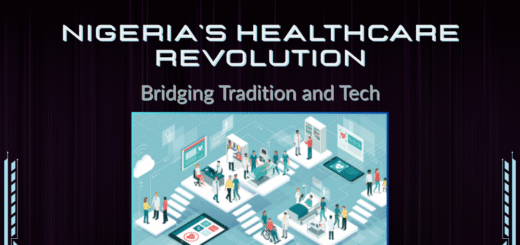How To Turn One-Time Buyers Into Lifelong Customers
The Real Work Starts After the Sale
When Jake landed a deal with a growing e-commerce brand, he didn’t pop champagne and move on. Instead, he sent their operations manager a handwritten note: “Excited to see how this helps your team crush holiday shipping deadlines. I’ll check in next week to make sure everything’s running smoothly.”
That follow-up wasn’t just polite—it was strategic. Because in today’s market, customer retention is where the real revenue lives. Acquiring a new client costs 5-7x more than keeping one, and loyal customers spend 67% more over time.
Why Most Companies Drop the Ball After Closing
Ever bought software that promised to “revolutionize your workflow,” only to get ghosted by the sales rep after signing? That’s the exact moment when competitors swoop in.
Take Maria’s boutique fitness studio: She switched CRM platforms after her original vendor—who’d been relentlessly attentive during the trial—stopped responding to emails post-purchase. The new provider assigned her a dedicated success manager who:
- Hosted quarterly “office hours” to answer questions
- Sent her team tutorial videos tailored to their specific use cases
- Surprised her with a free onboarding session for new hires
Result? Maria’s now referred three other studio owners.
5 Ways to Make Clients Stick Like Glue
- Treat onboarding like a first date
- Do this: “Here’s your 30/60/90 day success plan” with milestone check-ins
- Not this: “Here’s the login portal, good luck!”
Example: A payroll company reduced churn 22% by replacing PDF manuals with live “Lunch & Learn” training sessions.
- Become their internal champion
When Jake noticed his e-commerce client wasn’t using the inventory forecasting tool, he didn’t just send a tutorial—he analyzed their sales data and showed them: “You could reduce overstock costs by 18% if we set up these alerts.” - Reward loyalty like a VIP club
- Early access to beta features
- “Anniversary” discounts (e.g., “Year two? Here’s 15% off for sticking with us”)
- Exclusive invites to customer-only events
Pro tip: A SaaS company gives top clients a “skip the line” support hotline—renewals skyrocketed.
- Turn check-ins into strategy sessions
Instead of “Everything working okay?” try:
“Last quarter you wanted to reduce customer service hold times—how’s that going? Our new AI chat feature might help.” - Make referrals effortless
After a client raves about results:
“Mind if I send you two pre-written LinkedIn posts? One to share your win, one to refer colleagues who might benefit.”
The Psychology Behind Sticky Relationships
- The Endowment Effect: People value what they’ve invested time in. Help them master your product quickly.
- Reciprocity: Unexpected value (like free training) triggers a “I should return the favor” response.
- FOMO: “Our top 20% of users get X” creates healthy competition to stay engaged.
When Things Go Wrong (Because They Will)
A catering software client once lost a week of data due to a sync error. Instead of hiding behind legalese, the CEO:
- Personally called the restaurant owner
- Comped three months of service
- Sent a $500 DoorDash credit for affected clients
Damage control became a loyalty driver—the client still references this story in referrals.
The Bottom Line
Retention isn’t about loyalty programs or spammy “We miss you!” emails. It’s about proving—again and again—that you care more about their success than their subscription fee.
Because in the end, people don’t buy software, accounting services, or industrial equipment. They buy better outcomes. Keep delivering those, and they’ll never have a reason to leave.
One final thought: The best retention strategy is simple—be the vendor you’d want to deal with.


